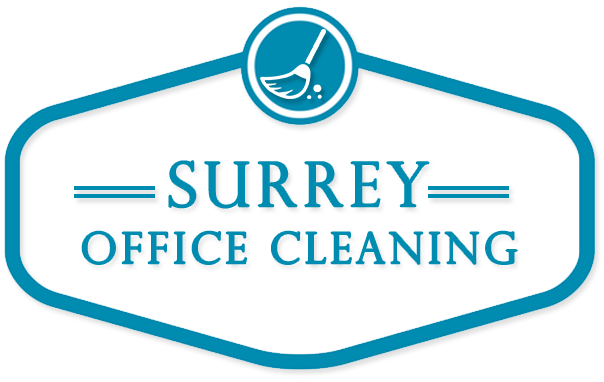Before You Buy Green Cleaning Supplies
Before You Buy Green Cleaning Supplies
Cleaners can claim to be green, great for the environment, or natural. But how do we make sure of what we are buying? What exactly does 100% natural mean? These tips can help you decide which cleaning products are really green.
Check for full disclosure of ingredients.
Ingredient lists on cleaning supplies are not quite the same as ingredients lists on food labels. On a food label, if wheat is first and cinnamon is last, we know that there is more wheat in the product than cinnamon. Ingredients on cleaning supply labels are not listed in order of how much of the ingredient is included. It’s important to keep in mind that there are no requirements for manufacturers to even list ingredients for cleaning supplies unless they contain disinfectants or items that are known to be hazardous.
Look for manufacturers that list their ingredients either on the label or on their websites. To be sure what you are getting is green, you need to know exactly what is in it.
Know about risky ingredients.
Educate yourself about common ingredients in today’s cleaners. Take the time to understand what all of those indecipherable letters mean. Knowing what exactly is in your cleaners will allow you to find out about the risks associated with those cleaners. This will allow you to make a confident choice. Check out the National Institute of Health’s database to search for information about your household cleaners, how they should be handled, and their potential hazards.
Check the cleaner’s environmental claims.
Catch-phrases like “environmentally friendly”, “environmentally safe”, and “biodegradable” all sound really great. But they are not as great as very specific claims that can be checked. Something that is made from 100% plant based ingredients is better than a cleaner that claims to be made from just natural ingredients. Look closely at the claims from your cleaners and, if needed, investigate further by contacting the company and asking more questions.
Don’t be dazzled by some claims.
Many companies make claims that, while true, aren’t exactly impressive. While you might be impressed that your cleaner contains no CFCs in order to protect the environment, what the company isn’t telling you is that CFCs have been banned from aerosol products since the late 70s. Likewise phosphate-free may sound great, but with the exception of dishwasher detergent, most household products have been phosphate free for the last 2 decades. Don’t be dazzled by claims that are really only the bare minimum of what the law requires.
Check the MSDS (Material Safety Data Sheet).
Still worried about the impact of the cleaning products you’ve chosen? Take a moment to search online for the products MSDS (Material Safety Data Sheet). This sheet will probably give you more than you bargained for. But along with the very specific information about the cleaning products flash and boiling points, you can find a lot of useful information, including potential hazards. More and more companies are creating online libraries of their MSDS product information. A quick search may give you even more information than you ever wanted to know.

